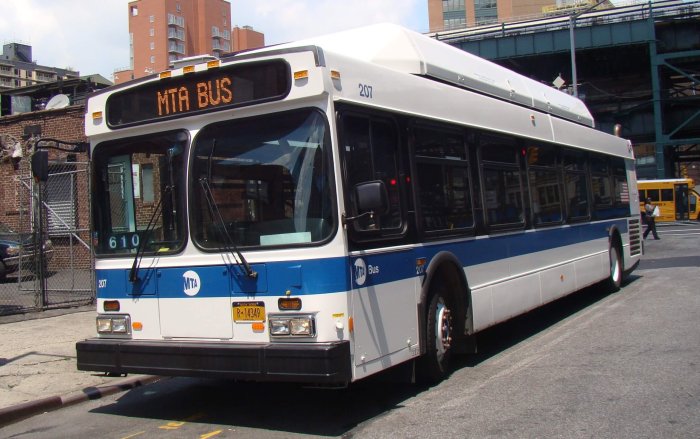By Helen Klein
The City Council is poised to make its voice heard on the controversial issue of which voting machines the Board of Elections should choose for New York City. A resolution recommending that the Board of Elections select paper ballot optical scanners, was introduced earlier this year by City Councilmember Charles Barron and has 44 additional sponsors. The council will be holding a hearing on the matter in January, with the city’s election commissioners supposed to be making a decision in February. In general terms, the choice the Board of Elections faces is between optical scanners and touch screen voting machines, also known as DREs (Direct Recording Electronic). As the last state in the union not to have complied yet with the Help America Vote Act (HAVA), which was passed in 2002 in the wake of the controversial 2000 presidential election, New York is under orders from the federal Department of Justice to replace its old lever machines with machines that comply with HAVA’s requirements. These, basically, mandate that voting machines be handicapped-accessible and recountable, and provide a second chance to vote, in case of error. To comply with Department of Justice requirements, New York State must have its new voting machines up and running by the September, 2007, primary election. However, since the passage of HAVA, and since many states have rushed to purchase DREs, other issues have arisen that have cast into doubt the efficiency and integrity of the touch screen voting machines. “The computer systems are faulty,” asserted Barron, “and they are not able to be validated. We were ripped off in Florida. We were ripped off in Ohio. No system is perfect, but with the optical scanner at least you have the paper ballots as well as the counts on the machines. DREs messed up all over the country. We didn’t have our people die for the right to vote in the sixties to have our vote ripped off now.” “Since the tragedy of 2000,” added City Councilmember Bill de Blasio, a co-sponsor of the resolution, “I think everyone has been rightfully concerned to have a paper trail and a way of determining who people actually voted for. “We want a system that is secure and has a backup to it,” added de Blasio. “The paper scan optical system is the best available. The computer system just isn’t verifiable. I think we aren’t going to see a lot of people voting if they don’t believe in the system. It’s sad that we have gone for six years since 2000, and we still haven’t resolved the issue. It’s time we did it. I don’t think people should stand for a system which leaves people wondering if their votes were actually counted.” City Councilmember Vincent Gentile, also a co-sponsor of the resolution, expressed concern about the security of the touch screen voting machines. “I think that there have been a number of documented cases around the country with touch screen voting machines, that show they are vulnerable to hacking and manipulation,” he remarked. “If that’s the case,” Gentile went on, “we have to be very careful. The optical scanners at least give us a paper trail, and I think that’s important if you need to verify the results of an election.” Indeed, Gentile noted, with optical scanners, the paper ballot filled out by voters, “Is the legal ballot. There is not enough comfort level with the touch screen models to invest heavily in them till there’s a better showing of security,” he added. City Councilmember Michael Nelson, another co-sponsor of the resolution, concurred. Pointing out that, “Voting in a democracy is a sacred provision,” Nelson stressed that it is essential to have a paper backup to votes being cast. “Computer glitches scare me,” he went on. “Who knows who could tinker with it. It could adversely impact the entire electorate.” Besides being more secure and reliable, the optical scanning machines are also more cost-effective, Barron pointed out. Indeed, according to statistics provided by Theresa Hommel, the chairperson of the Task Force on Election Integrity of the Community Church of New York, the cost of DREs can be as high as $106 to $132 million, while the optical scanning equipment will cost in the neighborhood of $35 to $38 million. Under HAVA, New York will get either $53 or $72 million worth of federal funding to put to the purchase of new voting machines, if it meets the federal deadlines. Lower estimates of cost for the DREs produced by those who favor touch screen voting rely on buying fewer pieces of equipment, say verified voting advocates, who warn that buying fewer voting machines could mean longer lines at the polls, as voters experienced in Ohio during the 2004 presidential election.


































